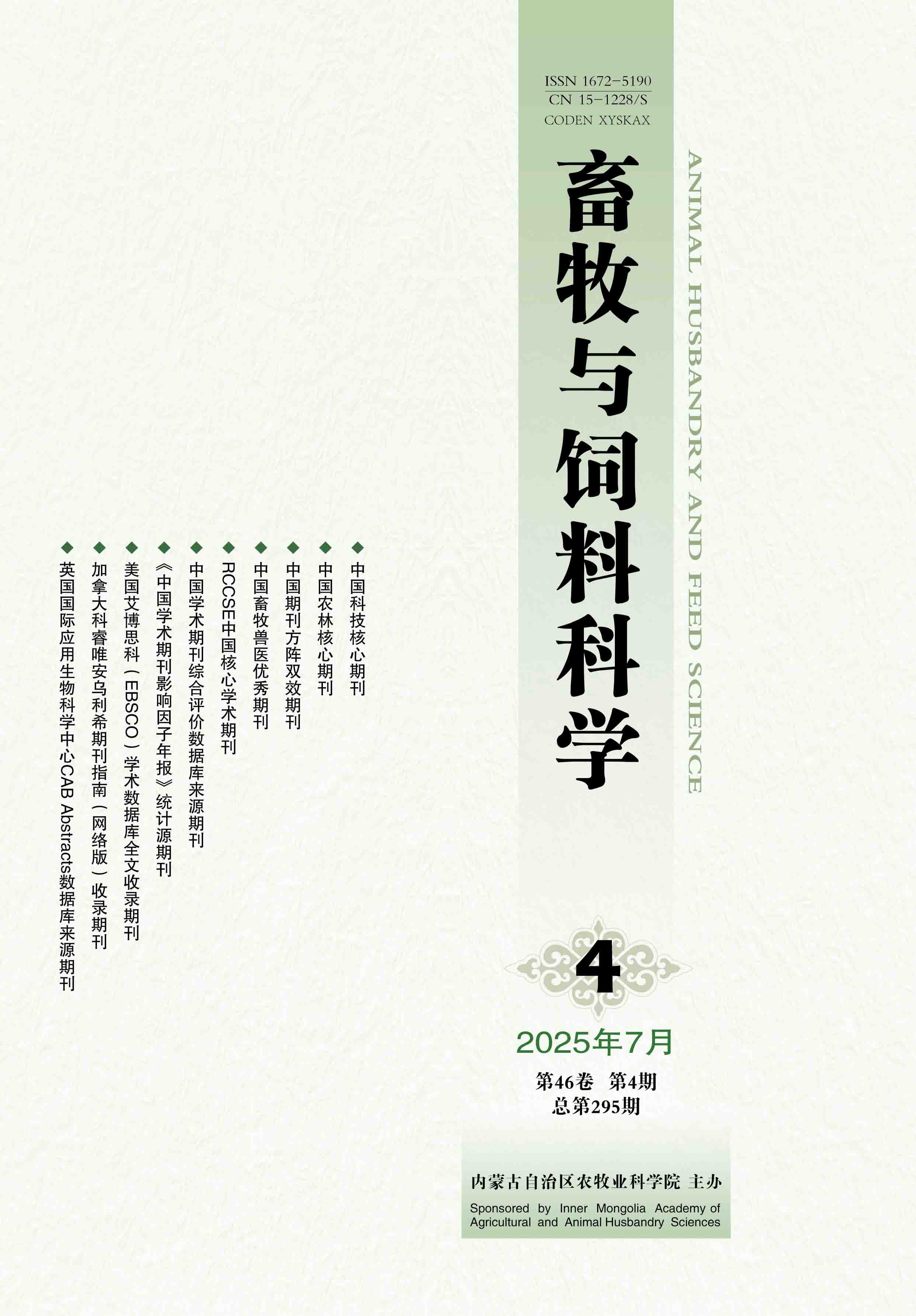[Objective] This study aimed to characterize the changes in whole transcriptome expression profile of breast muscles during the growth process in Xichuan black-bone chicken before and after hatching. [Method] Breast muscle samples were collected from the Xichuan black-bone chicken embryos incubated for 14 d (marked as X-14 d) and the chicks freshly hatched for 1 d (marked as X-1 d), respectively. Eukaryotic whole transcriptome sequencing analysis were performed around coding RNA (messenger RNA, mRNA) and non-coding RNA (lncRNA, circRNA and miRNA). [Result] During the growth process of breast muscles in Xichuan black-bone chicken, the transcriptome levels of a large number of genes had significant changes. Compared with the chicken embryos incubated for 14 d, the chicks freshly hatched for 1 d (X-14 d vs X-1 d) had a total of 3 858 differentially expressed mRNA, including 1 054 upregulated genes and 2 804 downregulated genes. There were 371 differentially expressed lncRNA, including 222 upregulated genes and 149 downregulated genes; there were 316 differentially expressed circRNA, including 148 upregulated genes and 168 downregulated genes; there were 377 differentially expressed miRNA, including 159 upregulated genes and 218 downregulated genes. GO enrichment analysis showed that differentially expressed mRNA was involved in multiple biological processes, such as biological process regulation, stimulus response, localization, positive/negative regulation of biological processes, growth processes, immune system processes, etc. The KEGG pathway enrichment analysis of differentially expressed mRNA demonstrated that multiple signaling pathways were enriched, including adhesion junction, actin cytoskeleton regulation, amino acid biosynthesis, oxidative phosphorylation, carbon metabolism, citric acid cycle (TCA cycle), tight junction, gap junction, metabolic pathway, focal adhesion, glycolysis/gluconeogenesis, pyruvic acid metabolism, melanogenesis, Notch signaling pathway, etc. The significantly differentially expressed genes were mainly related to multiple biological traits of Xichuan black-bone chickens such as growth trait, meat quality trait, lipid trait, melanogenesis trait, and immune system. [Conclusion] As important components of the transcriptome, mRNA, lncRNA, circRNA, and miRNA played crucial roles in the growth and development of Xichuan black-bone chicken. Our results provided references for analyzing the genetic regulation mechanism in the growth and development process of breast muscles in Xichuan black-bone chicken.








